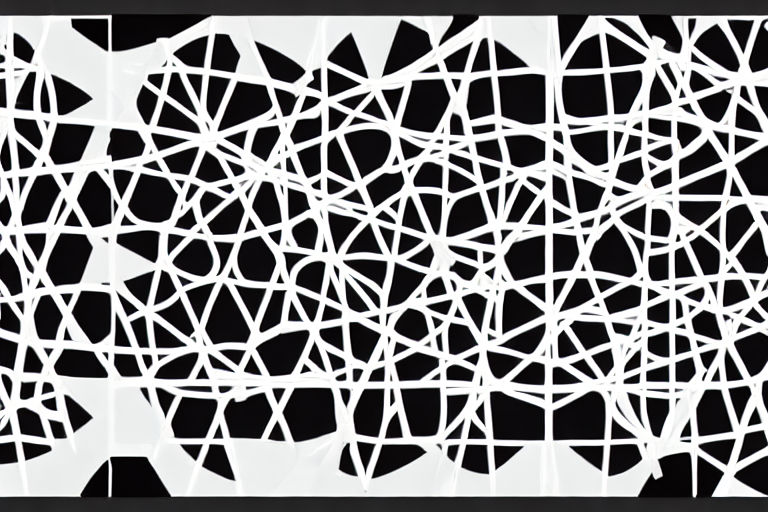The Importance of Complex Geometry in Solving Complex Problems
In various problem-solving situations, complexities are often encountered, hindering the process of finding solutions. However, with the integration of complex geometry, solutions can be more easily discovered through a better understanding of the problem. In this article, we will discuss the importance of complex geometry in solving complex problems.
What is complex geometry?
Complex geometry is a branch of mathematics that involves the application of complex analysis to the study of geometric shapes and structures. This field of study deals with the properties of complex manifolds, Riemann surfaces, and algebraic geometry.
How does complex geometry help solve complex problems?
Complex geometry provides a powerful set of tools that can be used to analyze and understand complex problems. Through this study, mathematicians and scientists can arrive at robust solutions to complex issues that would otherwise be difficult to unravel.
One primary way complex geometry aids in solving complex problems is through geometrization, which is the process of representing complex problems in geometric terms. Through this process, abstract and intricate concepts can be transformed into visual representations using shapes, surfaces, and contours, making it easier to analyze and solve the problem at hand.
Another way is through the use of topological methods. Topology is the study of spaces and the relationships between different spaces. Complex geometry applies topology to analyze and study complex problems and their solutions. Thus, topological methods provided by complex geometry are useful in solving problems in diverse fields of engineering, physics, and economics.
Real-world applications of complex geometry
Complex geometry has significant real-word applications in various fields, some of which are:
- Distinguishing shapes of atoms;
- Developing protein structures through amino acid analysis;
- Advanced manufacturing and the printing industry;
- Traffic flow and network optimization;
- Actin Networks in biological cells.
Conclusion
The importance of complex geometry in solving complex problems cannot be overemphasized. Complex geometry offers a unique way to understand and facilitate the resolution of intricate puzzles that form the basis of advanced problem-solving in various fields. It provides a reliable way of representing abstract concepts in a visual format, thereby making it more accessible to humans.
Therefore, the integration of complex geometry should be encouraged to aid in arriving at robust solutions to complex problems that may otherwise be challenging to solve.



